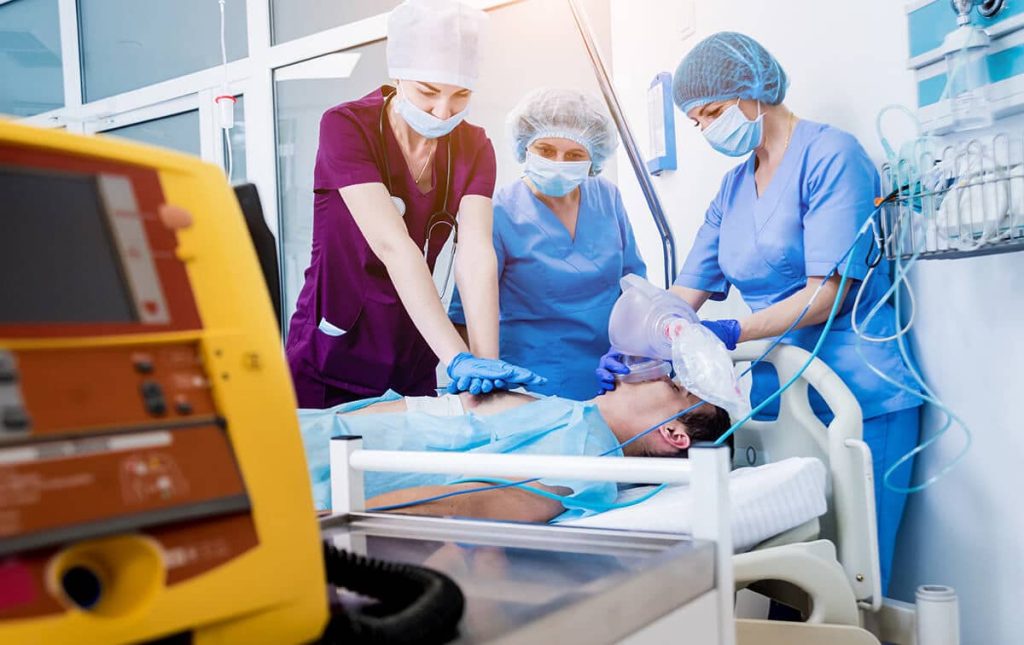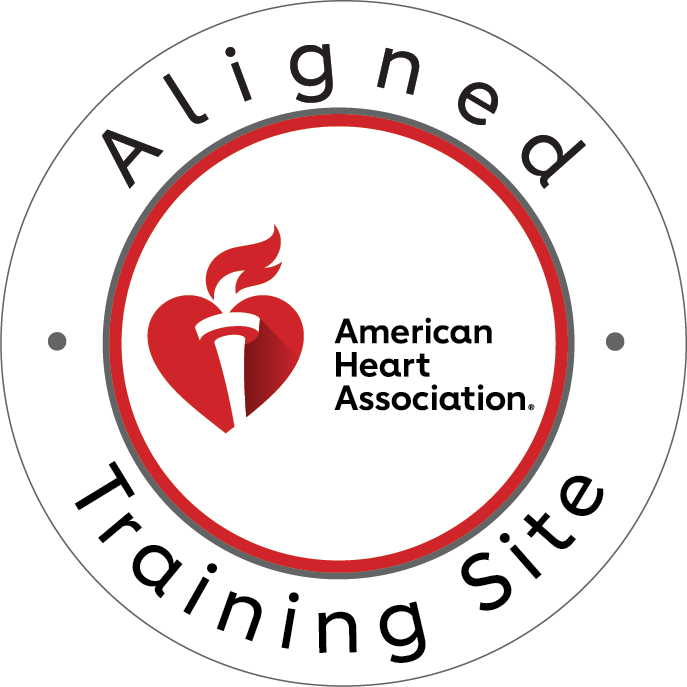When it comes to performing effective CPR, many healthcare providers and rescuers focus primarily on compression depth and rate. However, one critical component often receives less attention than it deserves: full chest recoil. This vital aspect of high-quality CPR can mean the difference between life and death for cardiac arrest victims.
Understanding Cardiac Arrest: The Role of Full Chest Recoil
During cardiac arrest, the heart stops pumping blood effectively throughout the body. Manual chest compressions serve as a temporary replacement for the heart’s natural pumping action. However, the effectiveness of these compressions relies heavily on allowing complete chest recoil between compressions.
Full chest recoil occurs when the chest wall returns to its natural position after each compression. This movement creates negative intrathoracic pressure, which is crucial for:
- Facilitating venous return to the heart
- Improving coronary perfusion
- Enhancing cardiac output
- Increasing the likelihood of successful resuscitation
Cardiac Arrest: The Science Behind Chest Recoil
The physiology behind chest recoil is fascinating and complex. When the chest fully recoils, it creates a vacuum-like effect within the thoracic cavity. This negative pressure helps:
- Draw blood back into the heart’s chambers
- Increase blood flow to the heart muscle itself
- Improve oxygen delivery to vital organs
- Enhance the effectiveness of subsequent compressions
Research has shown that incomplete chest recoil can reduce survival rates by as much as 50%. This significant reduction occurs because inadequate recoil prevents proper filling of the heart chambers between compressions, essentially limiting the amount of blood available for the next compression to circulate.
Common Barriers to Full Chest Recoil in Cardiac Arrest
Several factors can prevent proper chest recoil during CPR:
Rescuer Fatigue
Physical exhaustion can lead to rescuers leaning on the chest between compressions, inadvertently preventing full recoil. This emphasizes the importance of frequent rescuer rotation during prolonged resuscitation efforts.
Technical Mistakes
Common errors include:
- Not completely removing pressure between compressions
- Performing compressions too rapidly
- Maintaining contact with the chest wall during the recoil phase
Environmental Challenges
Certain situations can make maintaining proper recoil more difficult:
- Performing CPR on soft surfaces
- Limited space in emergencies
- Multiple rescuers working nearby
Optimizing Cardiac Arrest Outcomes: Best Practices for Chest Recoil
To ensure optimal chest recoil during CPR:
Proper Hand Position
- Remove all pressure between compressions
- Maintain hand position without leaning
- Allow the chest to fully expand
Compression Technique
- Push hard (at least 2 inches for adults)
- Push fast (100-120 compressions per minute)
- Release completely after each compression
- Avoid bouncing on the chest
Quality Monitoring
- Use feedback devices when available
- Watch for a complete chest wall return
- Monitor for signs of rescuer fatigue
- Ensure proper surface support
Impact of Full Chest Recoil on Cardiac Arrest Survival
Research consistently demonstrates that proper chest recoil significantly improves survival outcomes. Studies have shown:
- Increased blood flow to vital organs
- Better coronary perfusion pressure
- Improved likelihood of return of spontaneous circulation (ROSC)
- Higher survival rates to hospital discharge
Training and Education: Keys to Proper Chest Recoil
Professional training is essential for developing proper CPR techniques, including full chest recoil. Healthcare providers and community members should regularly update their skills through certified courses.
Benefits of Professional Training
- Hands-on practice with expert feedback
- Understanding of current guidelines
- Opportunity to correct technique issues
- Regular skill updates and refinement
Innovation in Cardiac Arrest Care: Technology Supporting Full Chest Recoil
Modern technology has introduced various tools to help ensure proper chest recoil:
- Real-time feedback devices
- Smart manikins for training
- Mechanical CPR devices with built-in recoil mechanisms
- Quality improvement monitoring systems
The Future of Cardiac Arrest Care: Emphasizing Chest Recoil
As research continues to demonstrate the crucial role of chest recoil in survival outcomes, we can expect to see:
- Enhanced training methodologies
- Advanced monitoring technologies
- Improved guidelines and protocols
- A better understanding of recoil mechanics
Call to Action
Don’t wait until an emergency occurs to learn proper CPR techniques. CPR Memphis offers comprehensive training that emphasizes all critical components of high-quality CPR, including proper chest recoil.
Get Certified Today
- BLS Certification Memphis: Join our stress-free, hands-on Basic Life Support courses designed for healthcare professionals.
- CPR Certification Memphis: Learn life-saving skills from experienced instructors in a supportive environment.
As an American Heart Association training site, CPR Memphis provides initial certifications and renewals in:
- BLS for Healthcare Providers
- ACLS
- PALS
- CPR and First Aid
Contact CPR Memphis today to schedule your certification course and learn the proper techniques that save lives. Our experienced instructors ensure you’ll receive the highest quality training in a stress-free, hands-on environment. Remember, proper chest recoil isn’t just a technique—it’s a crucial component of survival.





